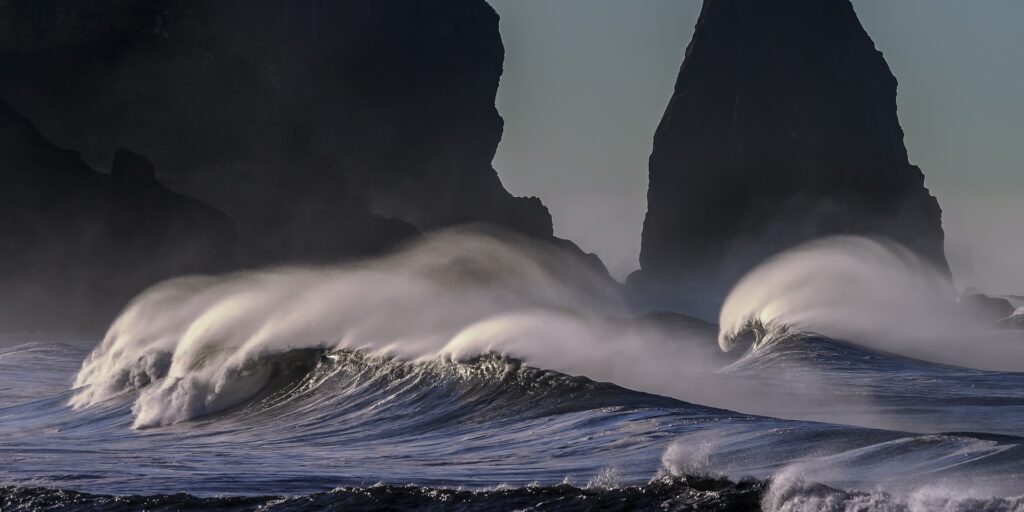While there may be a debate on just how many oceans there are on Earth, the Pacific Ocean is no doubt the king of them all. But just how big is it? We thought we’d take a closer look at the sheer size of the Pacific Ocean.
Size of the Pacific Ocean
The Pacific Ocean is the largest ocean on Earth, covering an area of approximately 63.8 million square miles (165.25 million square kilometers). It is located between Asia and Australia to the east, the Americas to the west, Antarctica to the south, and the Arctic Ocean to the north. The Pacific Ocean is so vast that it covers nearly one-third of the Earth’s surface and is larger than all of the Earth’s landmass combined.
Pacific Ocean History
The Pacific Ocean was named by Portuguese explorer Ferdinand Magellan in 1520. The name “Pacific” comes from the Latin word “pacificus,” which means peaceful, calm, or tranquil. Magellan named the ocean this way because he encountered calm waters after navigating through rough seas in the Strait of Magellan.
The Pacific Ocean is divided into two regions, the North Pacific and the South Pacific, by the equator. The North Pacific is the larger of the two and is home to the world’s largest oceanic feature, the Pacific Ring of Fire. This is an area where numerous tectonic plates meet, causing frequent volcanic activity and earthquakes. The South Pacific is known for its many islands, including the famous Easter Island and the Hawaiian Islands.
The Pacific Ocean is home to a diverse range of marine life, including whales, dolphins, sharks, and various types of fish. It is also home to many of the world’s largest coral reefs, including the Great Barrier Reef in Australia and the Coral Triangle, which is located in Southeast Asia.
The Importance of the Pacific Ocean
The Pacific Ocean plays a vital role in the world’s climate and weather patterns. The ocean’s currents and temperatures affect global weather patterns and play a significant role in the Earth’s climate. The El Niño and La Niña weather phenomena, which affect ocean temperatures in the Pacific, can have significant impacts on weather patterns around the world.
The Pacific Ocean is also important for international trade and commerce. It is home to some of the world’s busiest shipping lanes and is an important source of fish and other seafood for many countries.
Final Thoughts
The Pacific Ocean is a vast and important body of water that covers a significant portion of the Earth’s surface. Its size, marine life, weather patterns, and role in international trade and commerce make it a crucial part of the world’s ecosystem and economy.

